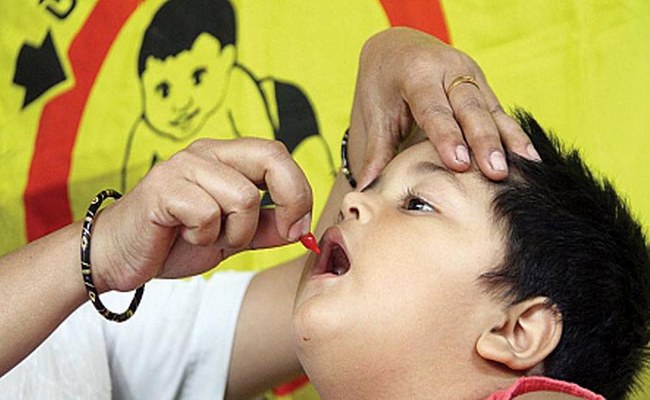Vitamin A Deficiency: Disease List, Causes and Prevention
Fat Soluble Vitamin Deficiency Disorders:
1. Vitamin A Deficiency Disorders:
a. Ocular change:
- Night blindness,
- Conjunctival xerosis,
- Bitotos spot,
- Corneal xerosis,
- Corneal scar,
- Corneal ulceration/Keratommalacia involving less than 1/3 of the corneal surface.
- Corneal ulceration/Keratommalacia involving more than 1/3 of the corneal surface.
- Xerophthalmic fundi (White retinal fesion).
b. Extra ocular manifestations:
- Dry, scaly skin especially over the outer aspect of the limbs (follicular hyperkeratosis),
- Susceptibility to infection (eg. respiratory),
- Growth failure,
- Calculi (renal, vesical).
2. Vitamin D Deficiency Disorder:
- In child: Rickets
- In adults: Osteomalacia
3. Vitamin E Deficiency Disorder:
- It means loss of reproductive capacity,
- Habitual abortion.
4. Vitamin K Deficiency Disorder: Bleeding diathesis.

Ocular Changes Due to Vitamin A Deficiency:
It includes-
1. Night blindness:
Night blindness (nyctalopia) or inability to see in dim light is the earliest symptom of vitamin. A deficiency.
2. Conjunctival xerosis:
The conjunctiva appears muddy and wrinkled, instead of looking clear and transparent. It becomes dry and unwettable. This is the first clinical sign of vitamin. A deficiency.
3. Bitot’s spots:
These are triangular, pearly-white or yellowish, foamy spots on the bulbar conjunctiva on either side of the comea. They are frequently bilateral.
4. Cornal xerosis:
The corneal surface becomes dull, dry and non-wettable and eventually opaque.
5. Corneal ulceration / keratomalacia:
There may be corneal ulceration with keratomalacia or liquefaction of the cornea. The cornea (a part or the whole) may become soft and may burst open.
6. Corneal scar:
The corneal ulceration may heal leaving a corneal scar which can affect vision.
WHO Classification – Nice to know:
Classification Code | Clinical Description |
XN | Night blindness |
XIA | Conjunctival xerosis |
XIB | Bitot’s spot |
X2 | Corneal xerosis |
X3A | Corneal ulceration/keratomalacia involving less than 1/3 of the corneal surface. |
X3B | Corneal ulceration/keratomalacia involving more than 1/3 of the corneal surface. |
XS | Corneal scar |
XF | Xerophthalmic fundi (white retinal fesion) |
Prevention of Vitamin A Deficiency Disorder:
All the preventive measures of vitamin. A deficiency disorder have presented in the below:
- Periodic administration of high-doses of vitamin A (2,00000 IU) is an effective measure of controlling VIT. A deficiency.
- Adequate treatment and supplementation for mal-nutrition, diarrhea infection and, measles.
- Long term measures including nutritional education such as local sources of the vitamin A or carotenoids, production anti consumption of foods rich in vitamin A or pro-vitamin A and fortification of foods with vitamin A.
- Programs to encourage breastfeeding increased consumption of dark green leafy vegetables, carrot, egg, liver, fish and meal cod liver oil, small fish etc. can be provided when parents can afford.
More questions related to this article:
- What are the deficiency disorders of fat soluble vitamins?
- Mention the list of fat soluble vitamin deficiency disorders.
- Write down the ocular changes due to vitamin. A deficiency.
- What are the sign and symptoms of vitamin. A deficiency?
- What are the preventive measures of vitamin. A deficiency disorder?
- What are the preventions of vitamin. A deficiency disorder?

Maria Khatun Mona is a Founder and Editor of Nursing Exercise Blog. She is a Nursing and Midwifery Expert. Currently she is working as a Registered Nurse at Evercare Hospital, Dhaka, Bangladesh. She has great passion in writing different articles on Nursing and Midwifery. Mail her at “maria.mona023@gmail.com”
